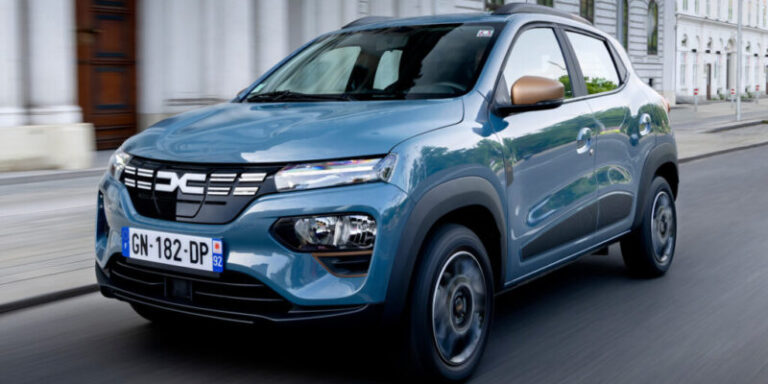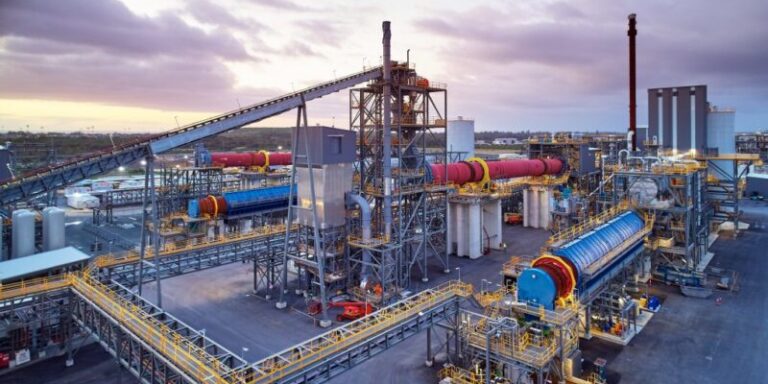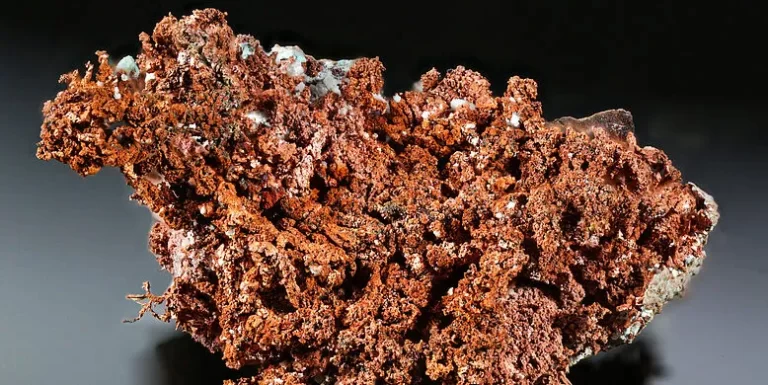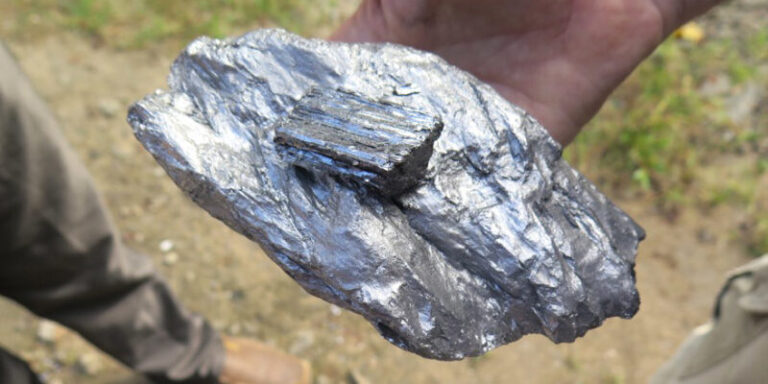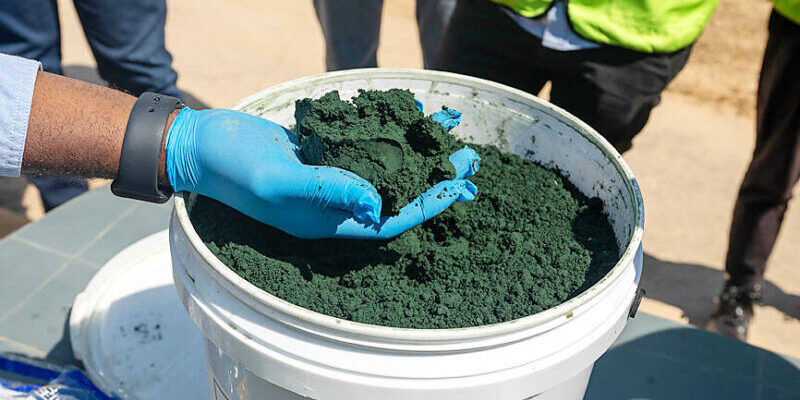
The cobalt market is experiencing a significant downturn as supplies flood the market, leading to plummeting prices.
In August, payables for cobalt hydroxide dropped to just 46% of the cobalt metal price. This is a stark contrast to late 2021 and early 2022 when cobalt metal traded at around $60,000 per metric ton. Currently, cobalt is trading at approximately $32,000 per ton.
Analysts from Benchmark Mineral Intelligence (BMI) predict a surplus of 17,000 tons in the cobalt market for this year.
This surplus is primarily due to an abundance of cobalt supply compared to demand. However, there is optimism that this situation will change as the electric vehicle (EV) industry continues to grow.
Roman Aubry, an analyst at BMI, suggests that it’s unlikely cobalt prices will return to 2022 levels until demand catches up with the current oversupply. Nevertheless, Aubry believes that demand will surge in 2027, surpassing supply.
One contributing factor to the oversupply is the increasing production of cobalt in Indonesia. Cobalt is a byproduct of nickel mining in Indonesia, and production has been on the rise.
BMI estimates that cobalt supplies from Indonesia will more than double this year, exceeding 19,000 tons. Meanwhile, the Democratic Republic of Congo (DRC) is also contributing significantly to global cobalt supply, with more than 169,000 tons estimated for this year, accounting for 72% of the global total at nearly 223,000 tons.
The DRC’s cobalt production received a boost from the resumption of cobalt and copper shipments from the Tenke Fungurume mine (TFM) in July. The mine produced 18,501 tonnes of cobalt and 209,120 tonnes of copper in 2021.
Another challenge facing the cobalt market is the shift toward cheaper lithium iron phosphate (LFP) batteries, which are moving away from batteries that use nickel, cobalt, and manganese (NCM) cathodes. Analysts at Morgan Stanley acknowledge that these developments pose long-term challenges to cobalt demand.
While the current cobalt market is facing price pressures due to oversupply, the industry remains hopeful that the growing EV sector and future technological advancements will lead to increased demand for cobalt in the coming years.


